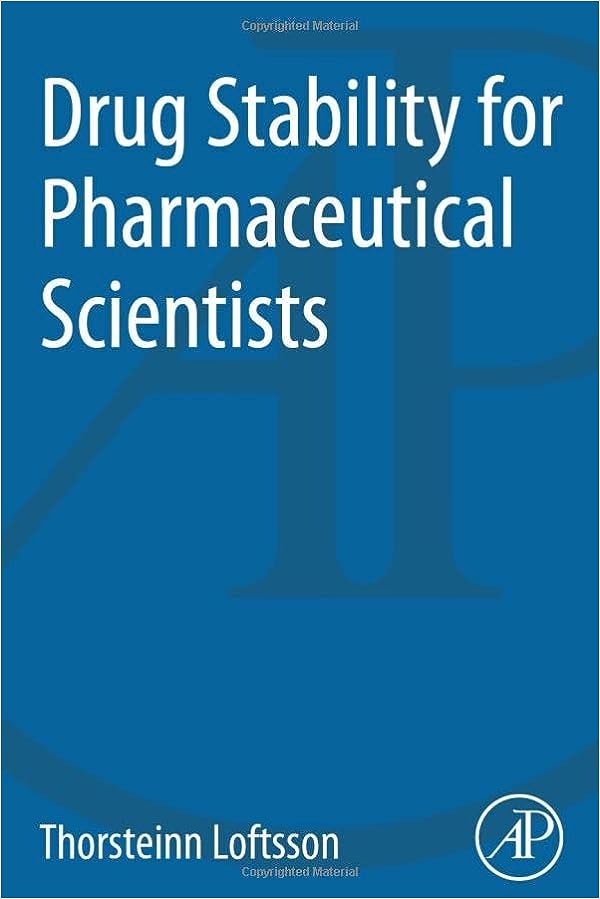Yes, there are specific guidelines for stability testing of biotechnological products. Biotechnological products, which include biopharmaceuticals such as proteins, monoclonal antibodies, vaccines, and gene therapies, have unique characteristics that require specialized stability testing approaches. Regulatory agencies, such as the U.S. Food and Drug Administration (FDA), the European Medicines Agency (EMA), and the International Council for Harmonisation (ICH), provide guidelines to ensure that stability testing for biotechnological products is conducted appropriately. These guidelines take into account the complex nature of these products and the challenges associated with their stability assessment.
Here’s an explanation of the guidelines and their relation to stability testing of biotechnological products:
Guidelines for Stability Testing of Biotechnological Products
Stability testing of biotechnological products is a critical aspect of ensuring their quality, safety, and efficacy over time. Regulatory agencies provide specific guidelines to address the unique characteristics and challenges associated with these complex products. These guidelines
help manufacturers design appropriate stability testing protocols and make informed decisions about product stability. In this discussion, I’ll outline the key guidelines for stability testing of biotechnological products.ICH Q5C: Stability Testing of Biotechnological/Biological Products
1. Scope: This guideline, developed by the International Council for Harmonisation (ICH), addresses stability testing for biotechnological and biological products, including proteins, monoclonal antibodies, and vaccines.
2. Considerations: The guideline highlights considerations for selecting relevant test parameters, analytical methods, and stability study designs specific to biotechnological products.
Specific Considerations for Biotechnological Products
1. Protein Structure: Stability testing should account for potential conformational changes, aggregation, and degradation of protein products.
2. Biological Activity: Assess the impact of storage conditions on the biological activity and potency of biotechnological products.
3. Host-Cell Protein Contamination: Address the potential presence of host-cell proteins and other impurities that could affect product stability.
4. Immunogenicity: Consider the potential for immunogenicity and its impact on product stability.
Stability Indicating Methods
1. Analytical Methods: Develop stability-indicating methods capable of detecting degradation products, impurities, and changes in the product’s attributes.
2. Specificity: Methods should be specific enough to differentiate the active pharmaceutical ingredient from its degradation products.
Stability Study Design
1. Forced Degradation: Include forced degradation studies to identify potential degradation pathways and degradation products.
2. Long-Term and Accelerated Testing: Conduct long-term and accelerated stability studies to assess product behavior under different conditions.
Documentation and Reporting
1. Study Protocols: Develop comprehensive stability study protocols detailing study design, sampling, storage conditions, and testing intervals.
2. Study Reports: Provide detailed stability study reports with data analysis, trends, and conclusions regarding the product’s stability over time.
Regulatory Submissions
1. Product Registration: Stability testing data, protocols, and reports are essential components of regulatory submissions for biotechnological products.
2. Data Presentation: Present stability data and results in a manner that demonstrates the product’s ability to maintain quality and safety over its intended shelf life.
Conclusion
Guidelines for stability testing of biotechnological products, such as ICH Q5C, provide a framework for manufacturers to ensure the quality and stability of these complex products. By adhering to these guidelines, manufacturers can design robust stability testing protocols, develop appropriate analytical methods, and generate reliable data that support the safety, efficacy, and regulatory approval of biotechnological products.
